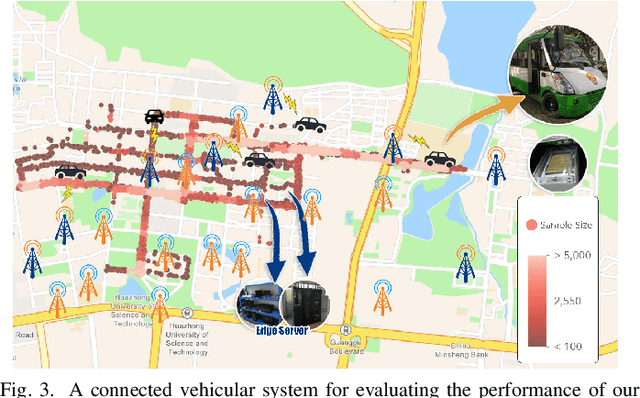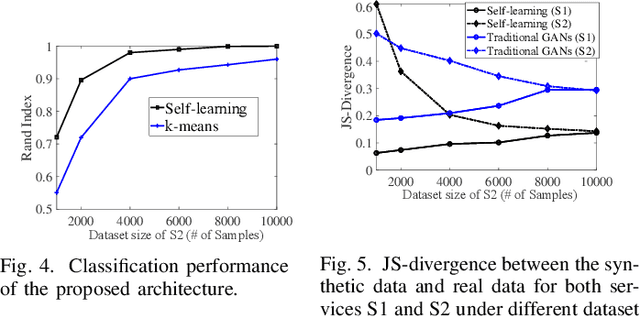Towards Self-learning Edge Intelligence in 6G
Paper and Code
Oct 01, 2020



Edge intelligence, also called edge-native artificial intelligence (AI), is an emerging technological framework focusing on seamless integration of AI, communication networks, and mobile edge computing. It has been considered to be one of the key missing components in the existing 5G network and is widely recognized to be one of the most sought-after functions for tomorrow's wireless 6G cellular systems. In this article, we identify the key requirements and challenges of edge-native AI in 6G. A self-learning architecture based on self-supervised Generative Adversarial Nets (GANs) is introduced to \blu{demonstrate the potential performance improvement that can be achieved by automatic data learning and synthesizing at the edge of the network}. We evaluate the performance of our proposed self-learning architecture in a university campus shuttle system connected via a 5G network. Our result shows that the proposed architecture has the potential to identify and classify unknown services that emerge in edge computing networks. Future trends and key research problems for self-learning-enabled 6G edge intelligence are also discussed.
 Add to Chrome
Add to Chrome Add to Firefox
Add to Firefox Add to Edge
Add to Edge